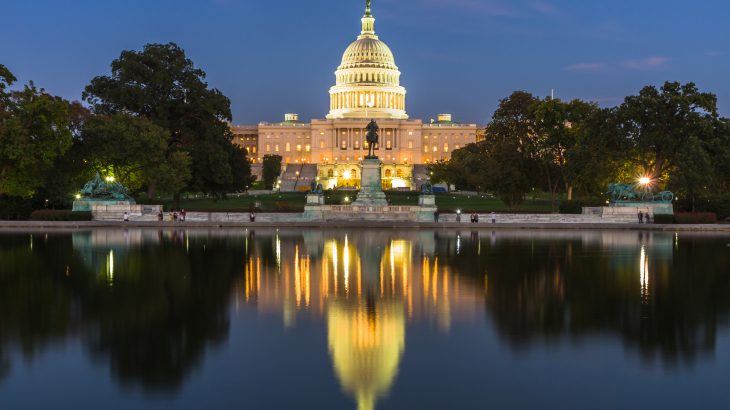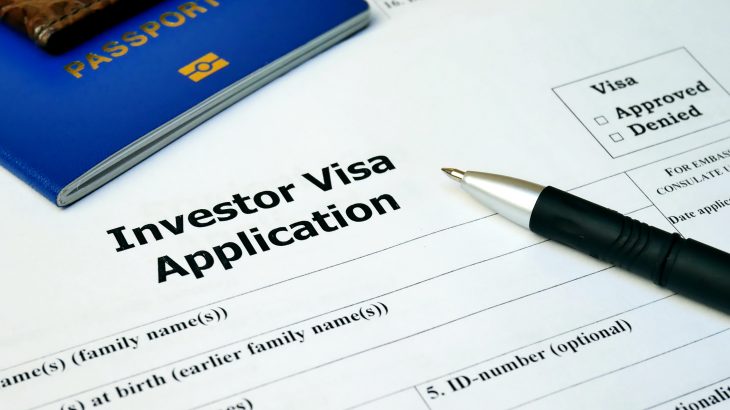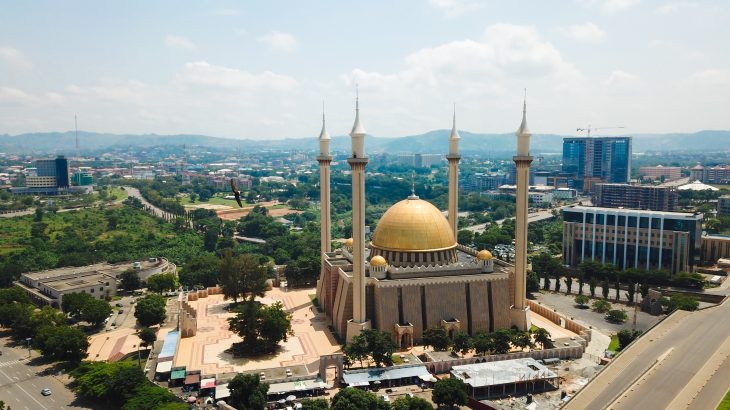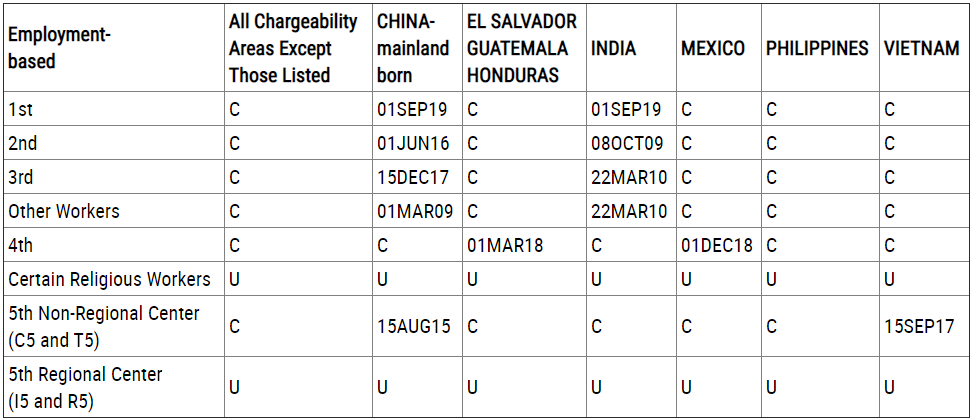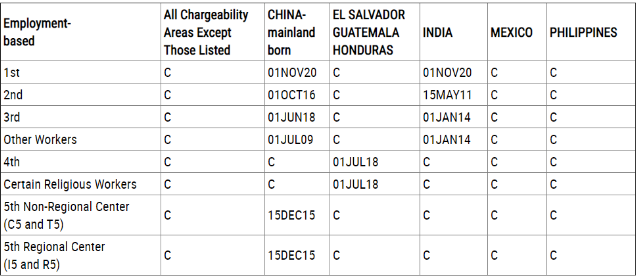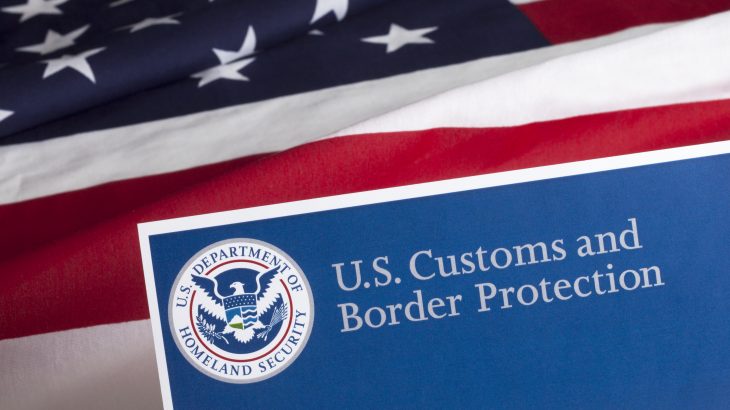The EB-5 Regional Center Program faces reauthorization in the US Congress before the end of June 2021. The likelihood is that the program will be renewed, but some EB-5 clients are choosing to mitigate any risk by filing a writ of mandamus.
Congressional Reauthorization
The EB-5 Regional Center program requires periodic reauthorization. This is usually bundled up with “must-pass” appropriations legislation, so there was rarely a chance it would not be renewed. This is not unusual, Congress has so much to consider they often package topics together to lighten the work load. However, this time around is different.
This year, the EB-5 Regional Center program has been decoupled from the “must-pass” spending bills and requires reauthorization by itself. This means Congress needs to evaluate the program on its own merits and determine its future.
The timing is good. The EB-5 investor visa program brings in millions of dollars in foreign investment and creates hundreds of thousands of jobs at no cost to the US taxpayer. It played a helpful role as the US navigated its way out of the 2007/8 financial crisis. It can do the same as the US economy recovers from Covid-19.
There are also thousands of people working in the EB-5 industry all over America. It is not an industry whose benefits accrue to a narrow cluster. In fact, the Targeted Employment Area (TEA) requirements deliberately try to target EB-5 investment at areas of high unemployment as well as rural areas. This aspect was strengthened during the most recent reform to the program in November 2019.
Risk to the EB-5 Regional Center Program
So things augur well for reauthorization. However, in the febrile world of American politics there is always a risk that it would not be renewed . And with risk comes uncertainty. If the program was discontinued, it is not yet clear how existing and new investors will fare.
What is the EB-5 Investor Visa Program?
For new investors, i.e. people who choose to file an EB-5 petition (Form I-526) between now and June, there is a trade-off. On the one hand, you could tie up your capital under uncertain conditions to pursue the EB-5 Regional Center in case it ends forever in June. Or on the other hand, you could wait until there is certainty in the second half of 2021, but know that the price of that certainty could mean the EB-5 route is closed to you forever. The risk is up to the client, but it is worth talking through your options with an immigration attorney. D&A offers free consultations on this an EB-5 Investor Visa more generally.
For existing investors – those that have filed their Form I-526 but have not yet had an adjudication – there are things you could do to try to push USCIS into making a decision on your case faster.
Speeding up your EB-5 adjudication
It is best to engage your immigration attorney at the outset of this process to make sure all steps are taken properly and in a timely fashion. In the first instance, petitioners should contact the USCIS ombudsman’s office. This may not ultimately expedite your adjudication, but it is helpful to show evidence of seeking a solution should a petitioner need to subsequently escalate their case.
The second, perhaps contemporaneous step, is to contact the senator or congressional representative covering the state or district where the EB-5 project is located. Depending upon your circumstances, contacting other lawmakers may also be appropriate.
Writ of Mandamus
After these two steps have been exhausted, and if they do not cause an adjudication then you could consider filing a writ of mandamus. This is a lawsuit in a federal court to determine whether your immigration petition has been unreasonably delayed.
Don’t worry, it will have no bearing on whether or not your I-526 application is successfully approved. It does, however, force USCIS into adjudicating your case quickly if it is judged to have been unreasonably delayed. Sometimes simply initiating proceedings can galvanize action as USCIS has been known to adjudicate a plaintiff’s application in order to avoid progressing with the lawsuit.
It is advisable to seek advice from an attorney throughout. Contact D&A for a free consultation to determine whether a Writ of Mandamus would be advantageous for your I-526 petition. Our team has filed dozens of successful writs of mandamus actions against USCIS for unreasonably delaying immigrant petitions. We can assist regardless of whether your I-526 application was prepared and filed by Davies & Associates.
The average time between filing a writ of mandamus and receiving an adjudication is around two months, in some cases it can be significantly less.
This article is published for clients, friends and other interested visitors for information purposes only. The contents of the article do not constitute legal advice and do not necessarily reflect the opinions of Davies & Associates or any of its attorneys, staff or clients. External links are not an endorsement of the content.

























